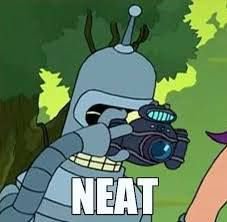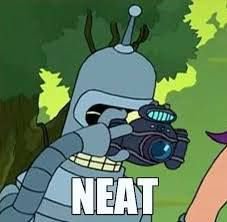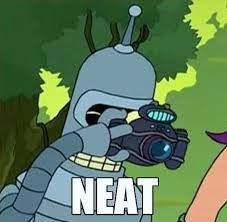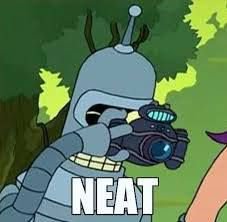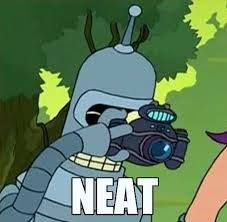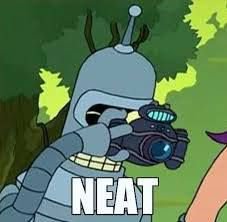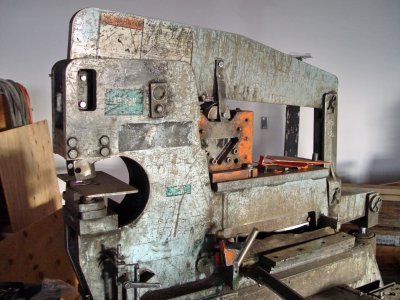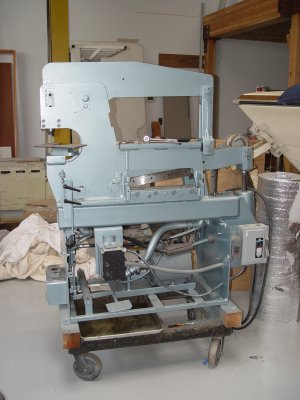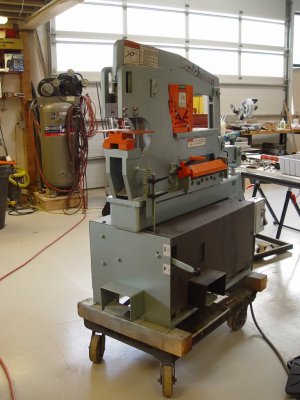No doubt about it, I would fix up the old one, even though it is a Chinese import just like the new ones. I have a drill press very similar to yours except that it is a floor model, and it has been a good machine. Not great, but good. A new motor would be far cheaper than a new drill press, and making the new handles to replace the missing ones would be pretty simple. Removing the rust from the column and table would require a little elbow grease, but the machine itself would probably be just fine. If the runout is excessive, new bearings are not terribly expensive, and it would be a great project. Of course there is also the self satisfaction of being able to say that you rebuilt it yourself.
Many of us hobby machinists are just as interested in bringing old machines back to life as we are in doing machine projects. For many of us, rebuilding old machines is also a way of making our hobby much more affordable. Rebuilding your old machine may very likely give you a better machine than you could purchase for the same money. $200 will very likely get you a new motor and a new, more accurate chuck if one happens to be necessary. Just a few dollars more will make your new handles and purchase some new replacement knobs. Crank handles or cranks (if missing) might be a little harder to come by, but if you keep your eyes open you might find something usable elsewhere.


